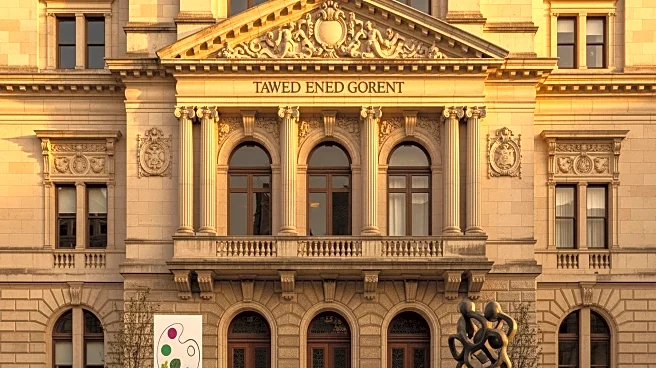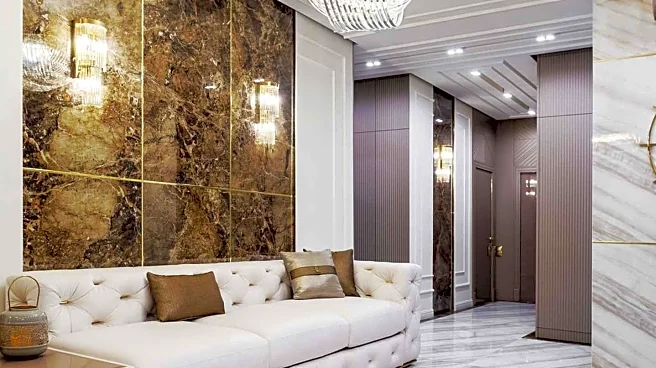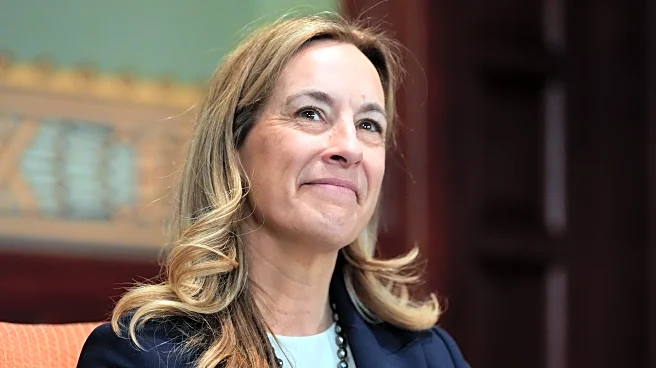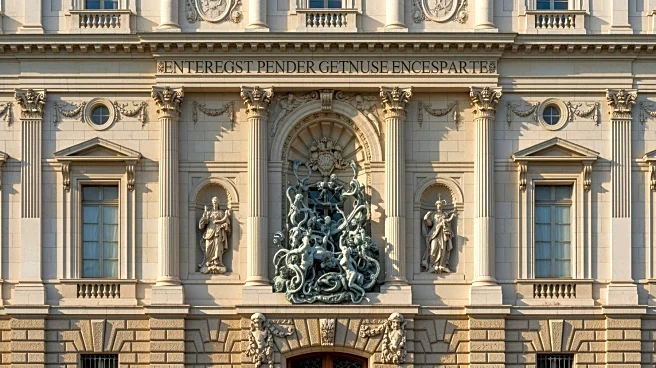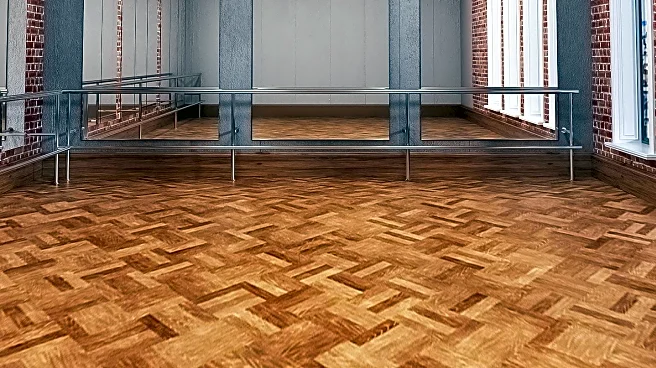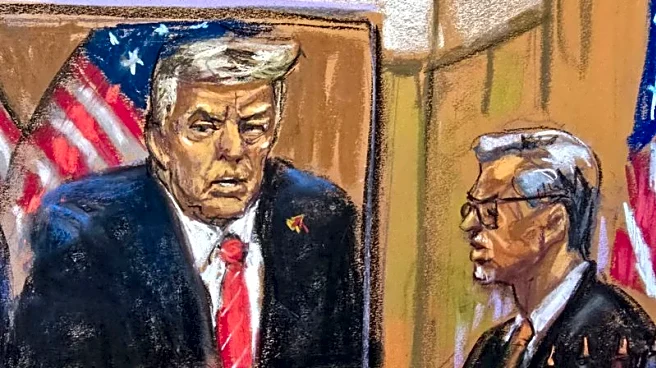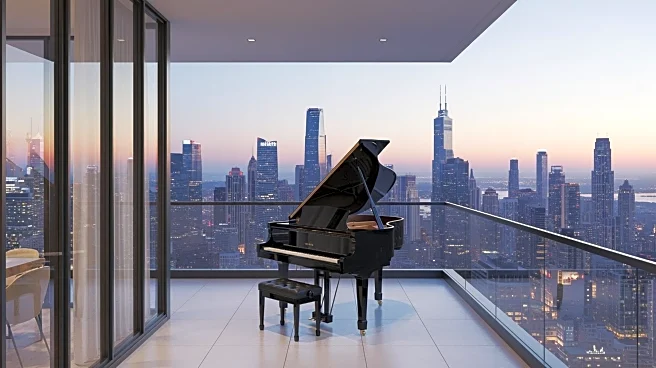What's Happening?
Sotheby's has inaugurated its new global headquarters in the historic Breuer Building on Manhattan's Upper East Side. The building, previously home to several museums, now houses nearly $1 billion worth of art slated for upcoming marquee sales. Sotheby's CEO
Charles Stewart emphasized the significance of the move, highlighting the building's transformation into a luxurious emporium for fine art and luxury goods. The Breuer Building, purchased for $100 million, is part of Sotheby's strategy to expand revenue streams while reducing costs. Despite its smaller footprint compared to the previous York Avenue location, the Breuer Building offers a unique charm and has already attracted prominent consignments, including the $400 million Leonard Lauder collection. The renovation, led by Herzog and de Meuron, aims to enhance flexibility within the building, converting offices and labs into galleries. The new headquarters comes at a pivotal time for Sotheby's, as the art market faces a multi-year contraction, with hopes that the upcoming New York auctions will signal a recovery.
Why It's Important?
The opening of Sotheby's new headquarters in the Breuer Building marks a significant shift in the art market landscape. By relocating to a prestigious location on Madison Avenue, Sotheby's positions itself at the heart of cultural and economic activity, potentially attracting high-profile clients and consignments. This move is crucial as Sotheby's seeks to counteract a recent decline in sales, which fell 23% last year. The Breuer Building's allure and strategic location may help Sotheby's regain momentum and stimulate the broader art market. Additionally, the integration of enhanced live streaming capabilities reflects a modern approach to auctions, catering to a global audience and adapting to post-pandemic changes in consumer behavior. The success of this transition could influence other auction houses and art institutions to reconsider their operational models, emphasizing the importance of location, technology, and adaptability in the evolving art industry.
What's Next?
Sotheby's plans to continue leveraging the Breuer Building's prestige to secure high-value consignments and boost sales. The upcoming New York auctions are expected to generate over $2 billion, serving as a litmus test for the art market's recovery. Sotheby's will also focus on enhancing its online presence, with live streaming playing a crucial role in reaching a wider audience. The auction house's adoption of a flexible workspace model, akin to WeWork, will accommodate staff based on current sales, ensuring efficient operations despite limited office space. As Sotheby's navigates this transition, the art world will closely monitor its impact on market dynamics and the potential for revitalizing interest in fine art and luxury goods.
Beyond the Headlines
The relocation to the Breuer Building not only signifies a strategic business move but also highlights the cultural significance of preserving and repurposing historic architecture. Sotheby's decision to maintain the building's iconic features while modernizing its interior reflects a balance between tradition and innovation. This approach may inspire other institutions to consider similar strategies, fostering a deeper appreciation for architectural heritage within the commercial sector. Furthermore, the emphasis on luxury and exclusivity in Sotheby's offerings underscores the growing demand for high-end experiences, potentially influencing trends in consumer behavior and luxury markets.
